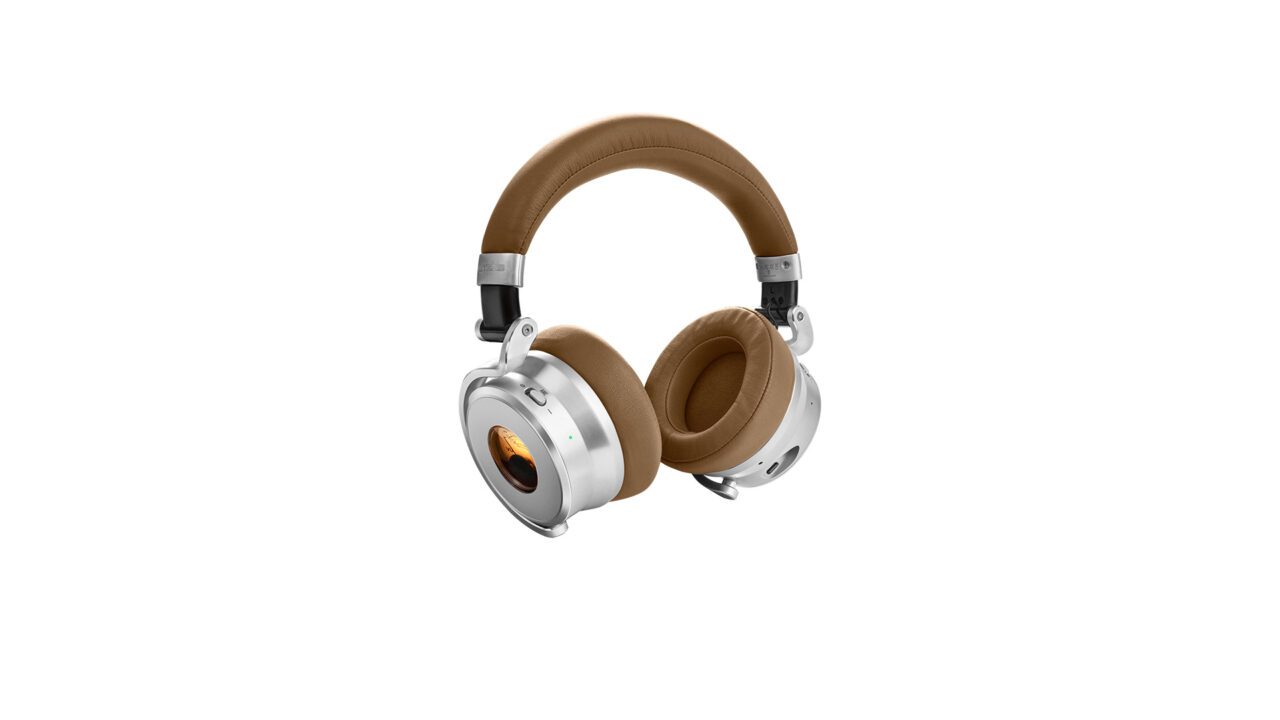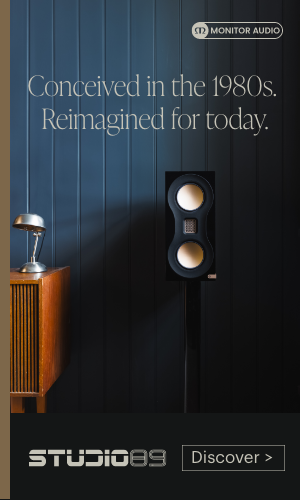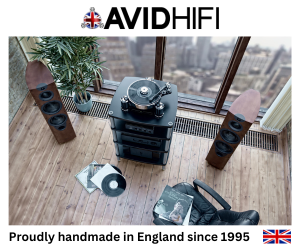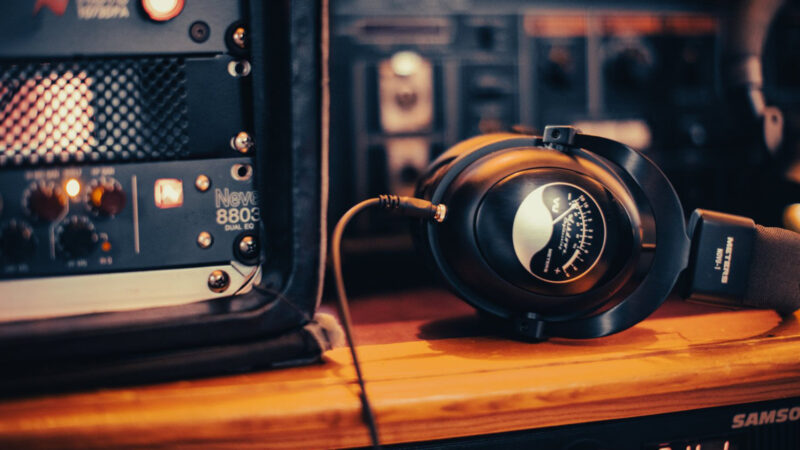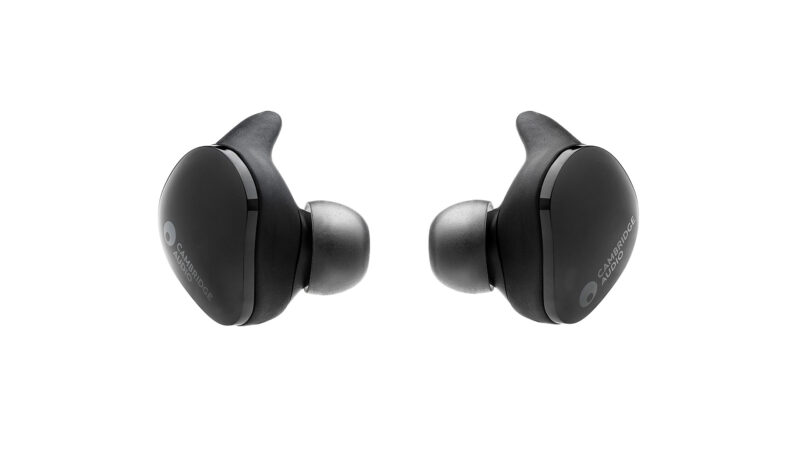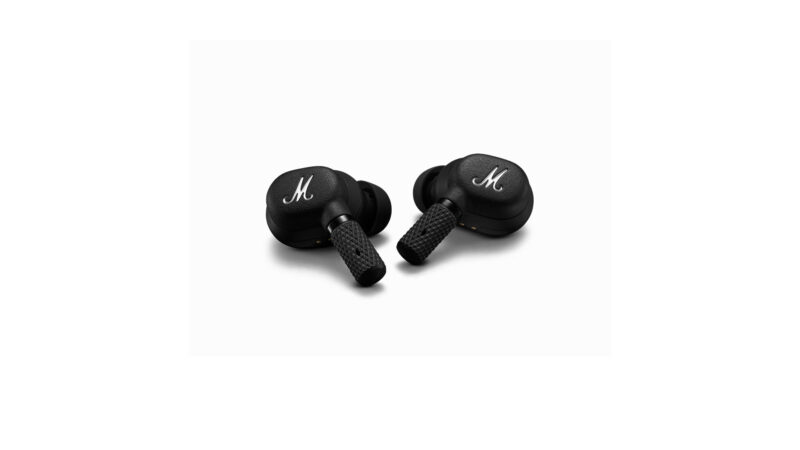In a sector as crowded as the £250 wireless headphones bracket, a brand needs to find a way to stand out if it is to make an impact. For Meters this is all about leveraging the pedigree and of its parent company Ashdown Engineering, which has an envied reputation as long-standing guitar amp makers to some of the world’s most prestigious rock acts including Sir Paul McCartney, Pink Floyd and U2. And parent company is both metaphorical and literal, with Dan Gooday being the founder of the latter company and son Mark founding the former after sensing a gap in the market to plough their knowhow.
Since Meters launched at the 2017 CES show in Las Vegas, it has gone on to offer wired and wireless headphones which trade strongly on its studio amp connection in both style and sound quality stakes.
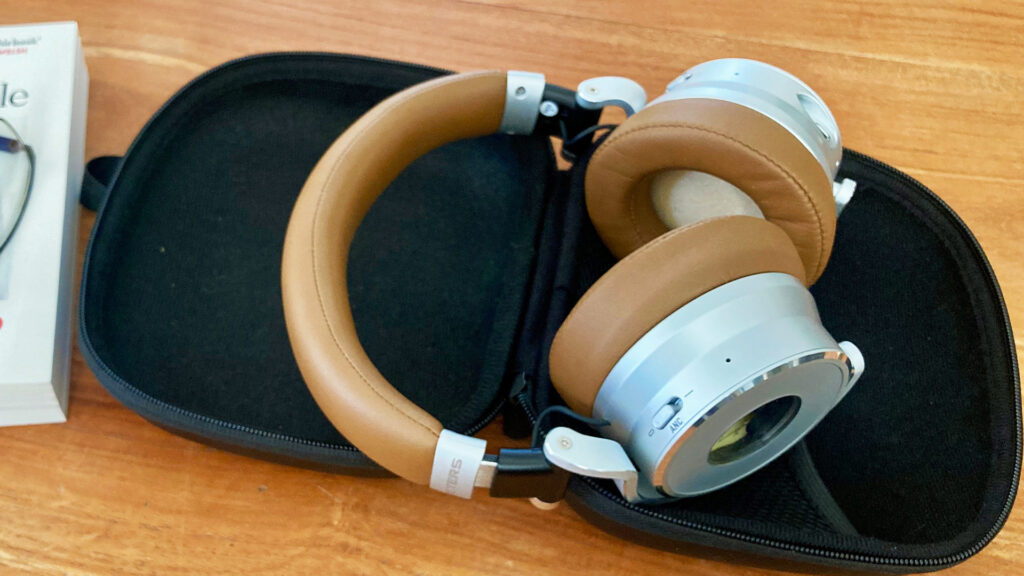
Designed to be compact companions when not in use, the Meters are a folding design that come with a neat carry case
The OV-1-B Connect under review here is priced at £249. Like practically all of the competition, these closed back cans are equipped with active noise cancelling and Bluetooth 5.0. They’re also thoroughly modern, with support for aptX HD. Battery life is 16 hours of continuous play with 28 hours on standby, which improves on Meters’ previous iterations but is down compared to some rivals, due to the power consumed by their VU meters (as the brand name implies), which we will come to.
Make a difference
Fresh from their packaging, the build quality impresses straight away, with the use of Aluminium in the headband and quality plastics in the chunky ear cups giving an impression of a premium product. Their 380g weight strikes a good compromise between quality feel while not seeming overly heavy when worn for long periods.
Of course the key feature that stands these cans out from the crowd is the aforementioned VU meters embedded in each ear cup, that light up in customisable colours and brightness options (they can be dimmed, but not switched off) controlled via an app. While it seems easy to dismiss this element as simply style oriented, it is functional too as the company point out for parents and partners to use them as an easy way to monitor volume levels for the user. Whatever the merits, they do add some nice visual drama that’s reminiscent of classic looking hifi from the likes of Nagra and personally, in a world of plain Jane black or white cans, I like it.
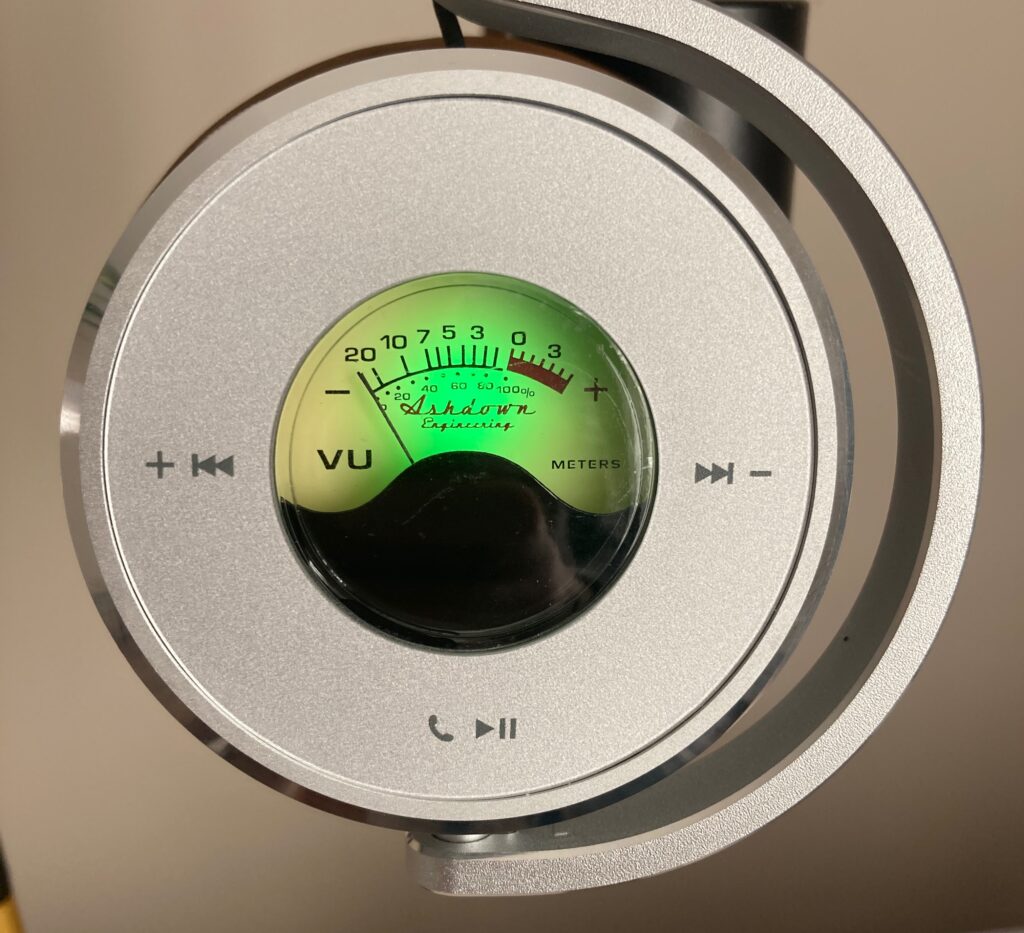
Where vintage meets modern, retro VU meters are flanked by Bluetooth controls including for pairing, initiated by holding the play/call answer button on the left ear cup
Each ear cup houses a 40mm internal driver with external controls situated on their outer surface, with the right ear operating noise cancelling and the left for Bluetooth. The left ear cup also sports controls for answering calls, play/pause, track skip and volume adjustment. The buttons have a tactile raised profile and respond with a reassuring click when pressed. It takes a little time to locate them at first, but soon becomes intuitive.

The app provides an equaliser and controls the colours and brightness of the VU meters
Alongside tweaking the VUs’ visuals, the custom app also includes a five-band graphic equaliser and active noise cancelling (ANC) mode, which works well for removing the lower frequency hubbub of my local coffee shop, but is less effective at drowning out the sounds made by noisy kids and the like.
In my home hifi setting, they performed better with ANC switched off, which removed a fine degree of hiss and enhanced their general sound quality overall, by making them sound more dynamic. They are an over ear ‘super-aural’ design, and their pads proved comfortable for hours on end. Charging is via Micro USB and you need to remember to power off both ANC and Bluetooth Switches, to avoid draining the battery when not in use. For those wishing to connect to a device via wired connection, a 1.5m cable is supplied with 3.5mm jack and inline remote for volume and play/pause controls.
Performance
Acoustically do they hit the mark then? Connecting them over Bluetooth to my Iphone 11, and streaming a 24-bit/96kHz Qobuz file of Desire from Talk Talk’s majestic Spirit Of Eden album lets the Meters’ set out their musical stall. Their sound is finely balanced, allowing the music to flow, sounding powerful yet delicate so that the track’s tension builds up before being released with an impressive but controlled explosion of percussion, guitar, harmonica and hammond organ. What’s notable is how they deliver this release of power at moderate levels, within a wide soundstage that allows ample space between each instrument.
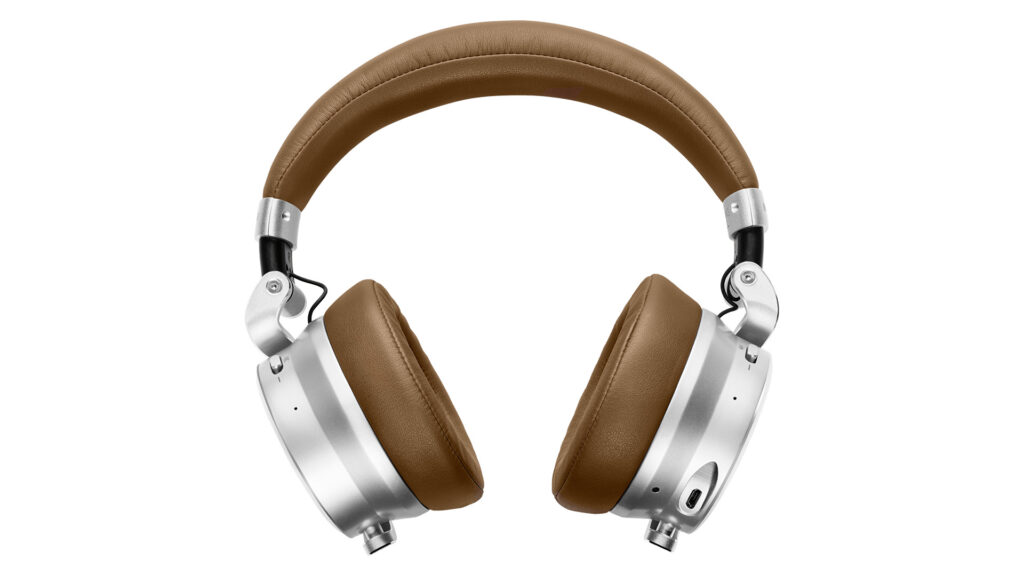
Our test OV-1-Bs came with tan coloured headband and earcups, with black and white also available and more options across their Editions, Pro and Jamaica Soundsystem ranges
Impressive as they are when partnered with the limits of my smartphone, these cans also warrant being on the receiving end of a more dedicated music system. Being fed by my Project Debut Carbon EVO deck, Rega Fono MM Mk 2 phono stage and Arcam A85 amplifier, Paul Simon’s Graceland LP gets them much more into their sonic stride. On the title track, the Meters gauge the pace of the frenetic rock ‘n roll with aplomb, the rhythm section rising from a bed of pedal steel and exquisite Everly Brothers’ harmonies that makes the recording sound energised and alive.
As good as the Arcam’s headphone output is, ultimately it lacks the depth and clarity of a dedicated can amp and calling my reference Musical Fidelity M1 HPA into service with Led Zeppelin’s Physical Graffiti on the Pro-Ject’s platter, showcases the Meters’ family DNA. The delicious licks of Page’s guitar and Bonham’s relentless waves of smashing cymbals and skins on Sick Again gets my foot tapping relentlessly, as the Meters showcase how much weight and punch they can serve up, which goes beyond what I’d expect from a headphone at this price point.
In summary
The market for wireless noise cancelling headphones is a bustling one, and the Meters make a compelling case for themselves thanks to their quality feel and individuality, which is backed up by a big, boisterous sound that pays respectful homage to the company’s industry background, having been tested with real musicians. They also go way beyond the usual wireless headphones brief, to be equally able when put in to service on the move or in a dedicated system. Combine these factors with stylish looks and robust build makes for a versatile product that will satisfy your ears even more than your eyes at a competitive price.


